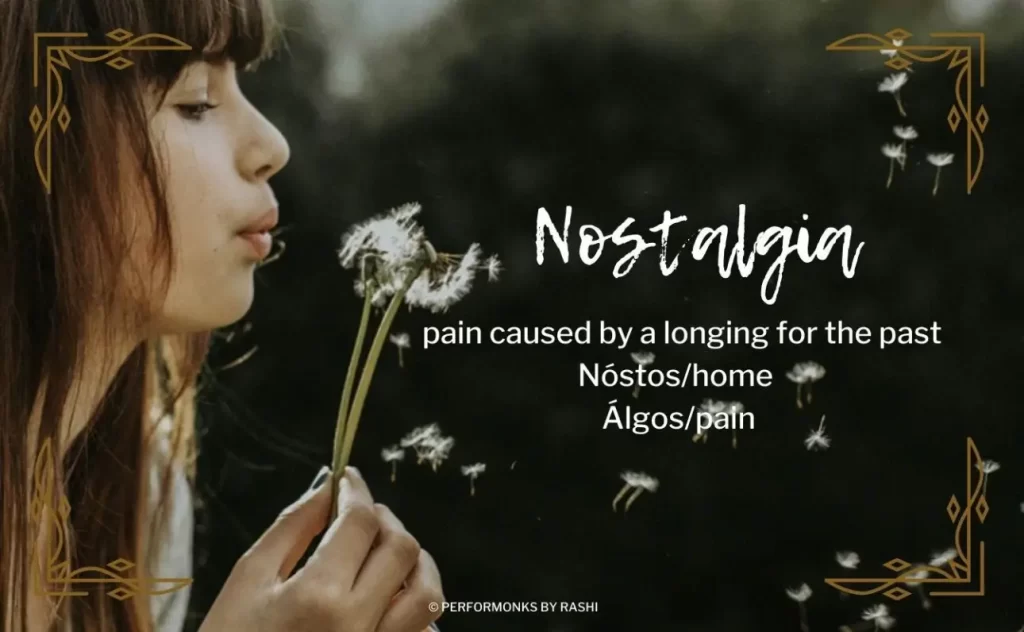When Humphrey Bogart says, ‘We’ll always have Paris’. Or when Bhupinder sings ‘Dil dhoonta hai phir wahi fursat key raat din’. That’s nostalgia.
Each one of us has a time machine built into our brains. Today’s newsletter explores this time machine in the form of a visual essay… because pictures evoke nostalgia better than just words!
We look at –
- Proven psychological benefits of Nostalgia
- Four types of Nostalgia -Postalgia, Newstalgia, Fauxstalgia, Do-over Nostalgia
- Brands have climbed onto the Nostalgia carousel and are refusing to get off. Some examples.
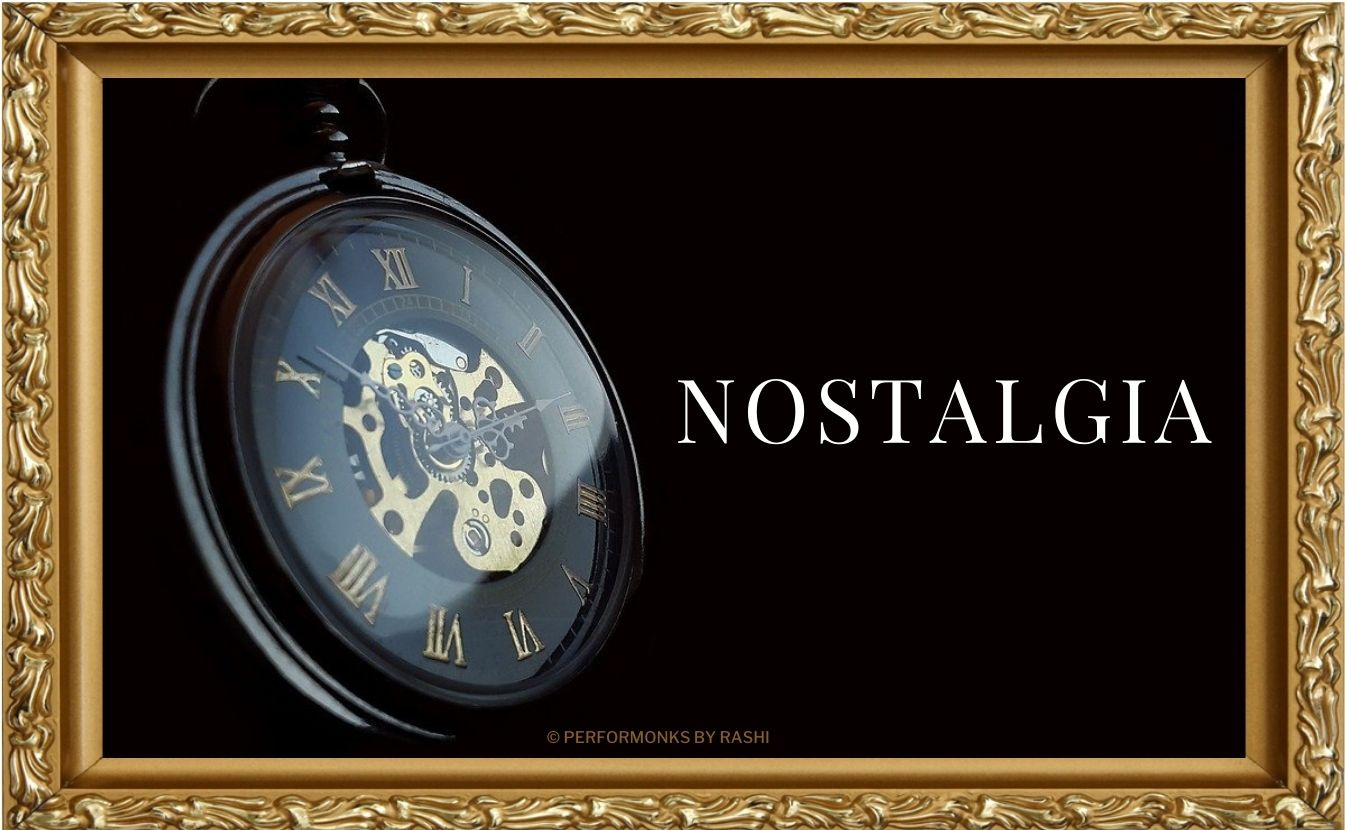
Nostalgia is a Greek word and it means pain caused by a longing for the past.

Nostalgia is about remembering Loved Ones (Ellie the puppy). Milestones (16th birthday when all my friends came home). Spaces and experiences (steaming hot soup and spring rolls on a chilly winter evening in Kasauli).
Nostalgia is a visceral remembering of even the minutest details from our past…. and a deep longing for that moment.

It is as much about who we used to be, as it is about what we shared with others.
Old memories are ripe with the scent of pleasanter times. Times when we were better versions of ourselves and the world was simpler.
No one says it better than Don Draper, “Nostalgia is a time machine. It takes us back to a place where we know we are loved”.
Nostalgia feels bitter at first, the sourness of good times that are long gone. But it leaves behind a lingering sweetness, because it elevates our mood and leaves us feeling optimistic.
What’s more, nostalgia is a good thing.
Scientific experiments have proven multiple benefits.
Here are four.
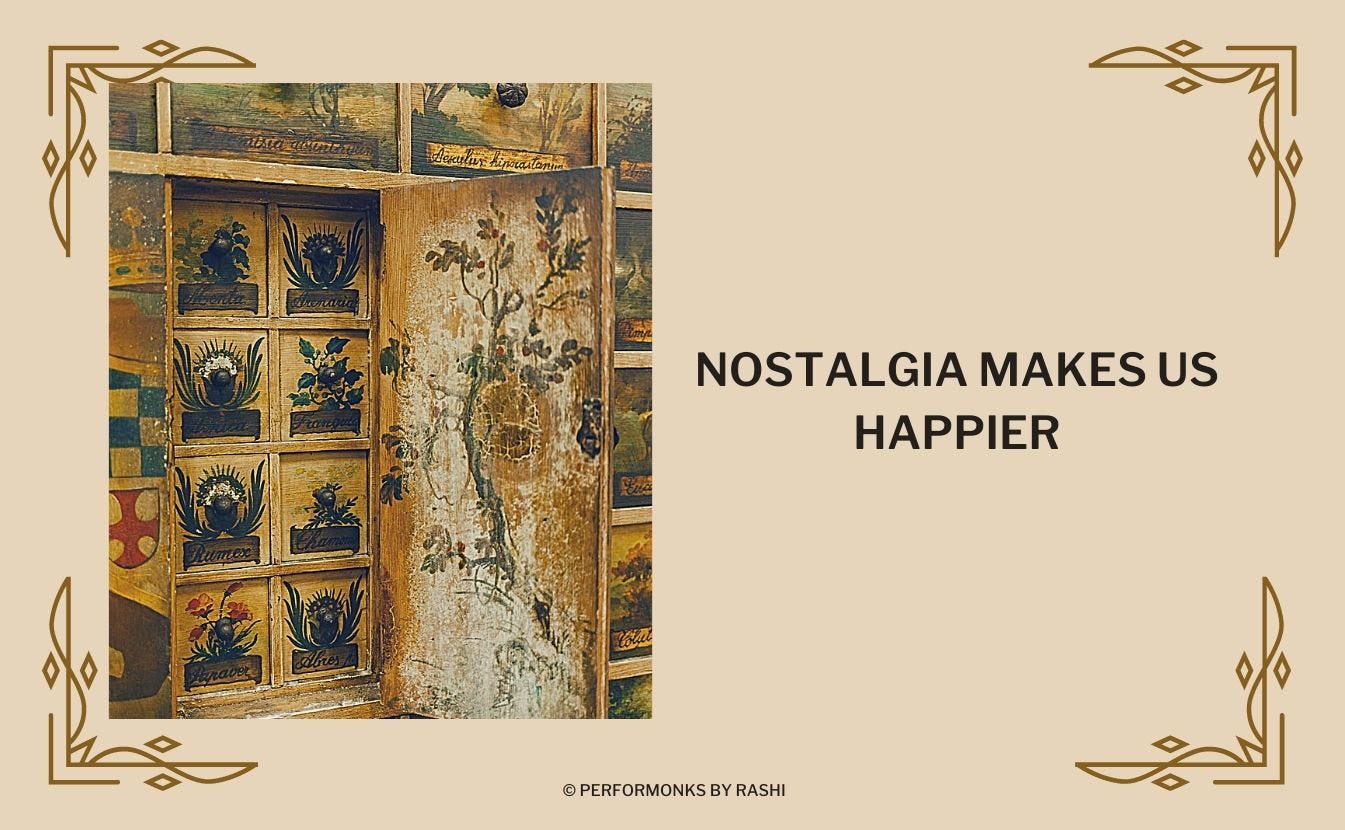
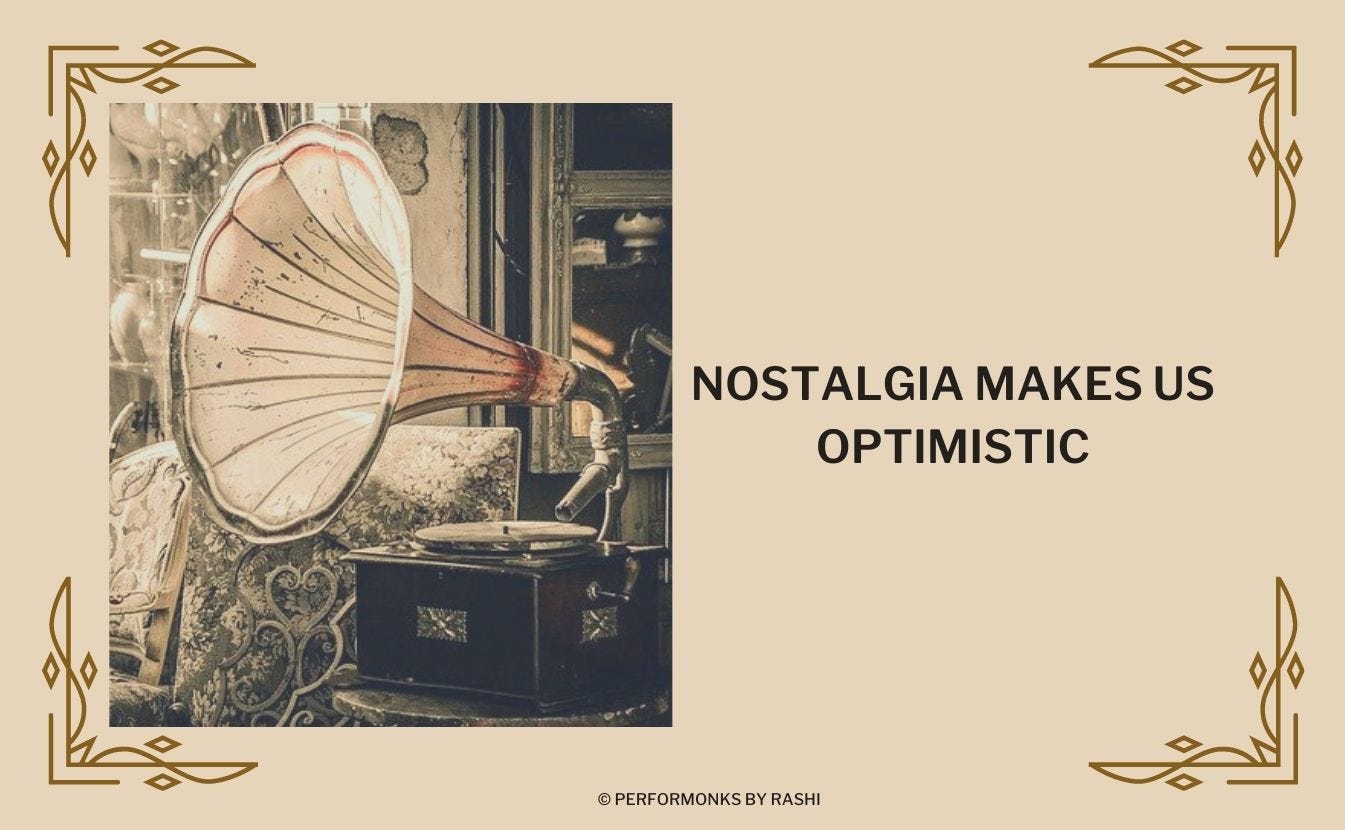

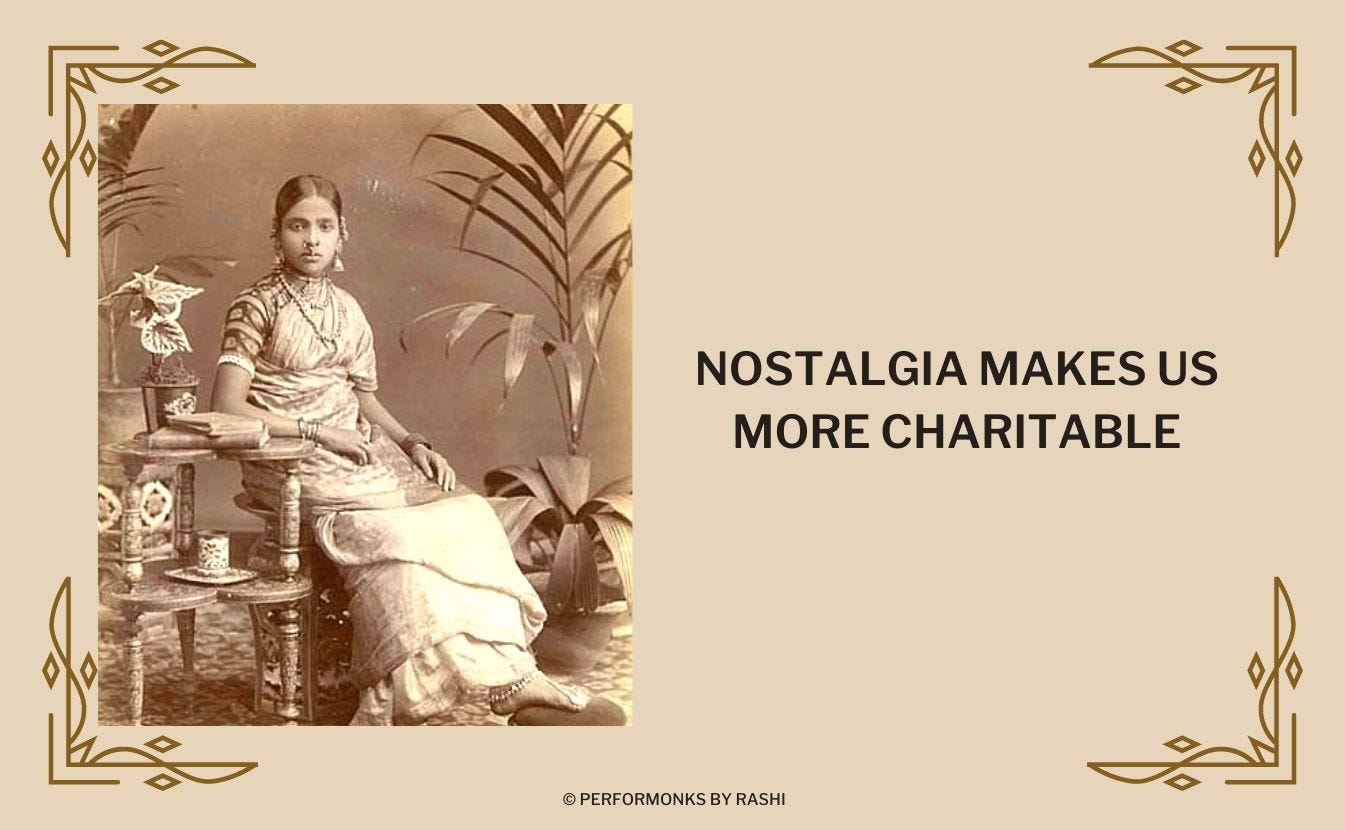
Because of all these beneficial effects, Nostalgia is especially triggered by adverse conditions.
Adverse conditions like… a pandemic.
We try to forget our uncertain present and reduce our worry about the future by basking in pleasant memories of our past.

As I dug deeper, I discovered that there are in fact, four types of nostalgia.
1.Postalgia
MRI scans show that many of the same brain parts control both remembering and forecasting. That’s why, when amnesia patients lose their memory, they also find it impossible to plan the most basic things about the future.
That means we predict the future by using our memories. For example, based on today and all the days before, we know generally what our routine tomorrow will be.
Postalgia is hoping that when tomorrow comes, it has skipped the present, and is like yesterday….
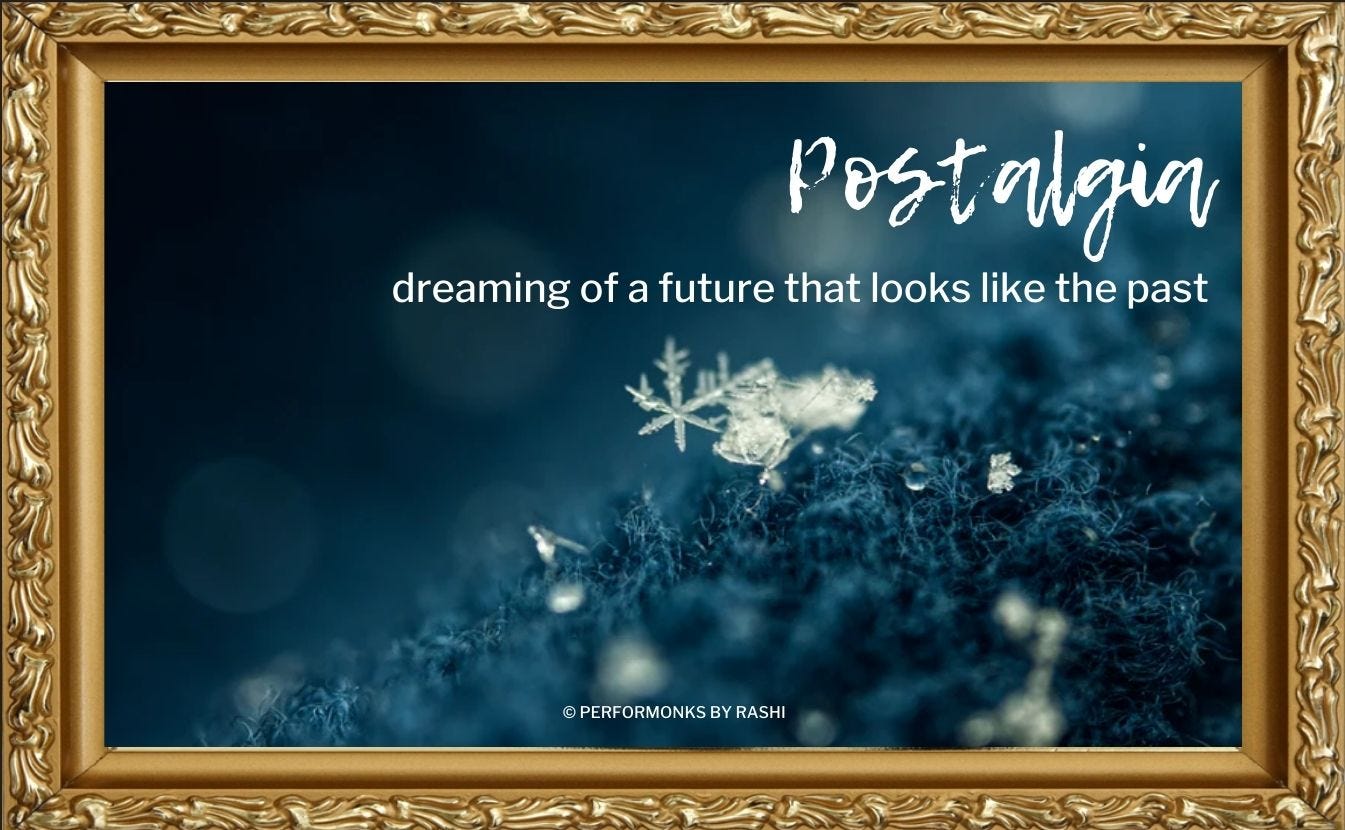
Marketing Implication: Marketers can deepen an emotional connection by highlighting the good things from the past that we are missing during the lockdown. Or by reassuring us that even when we buy new products, the most important stuff from the past, remains.
Lidl: Last year’s Christmas ad by retailer Lidl leverages Postalgia to build credibility that no matter how different the future is, Christmas meals with family and Lidl’s low prices will remain.
2.Newstalgia
One aspect of Nostalgia is Newstalgia. It is when we file away our current experiences for future-nostalgia. Instagram helps, with faux-vintage and grainy retro filters.
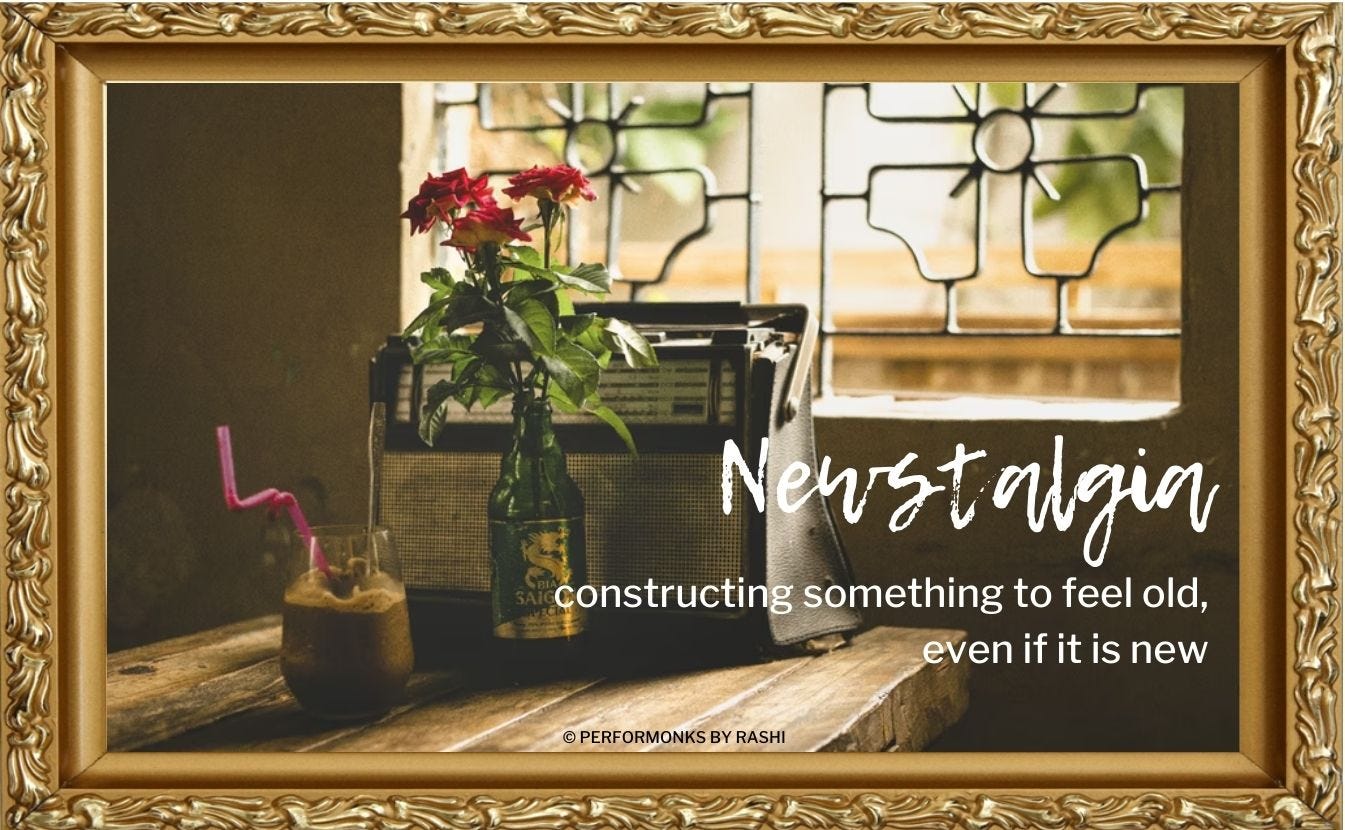
Marketing Implication: Nostalgia need not be a tool reserved only for legacy brands. New brands can repackage themselves to look ‘old’ to build an instant connection with consumers.
Caravan: hugely successful new-age digital player has been designed to look like a retro radio and it plays old bollywood songs.
MotoRazr: this iconic flip phone is back, this time with a touch screen and Android OS.
Paperboat: sells traditional Indian beverages we have all grown up with, but in a modern packaging.
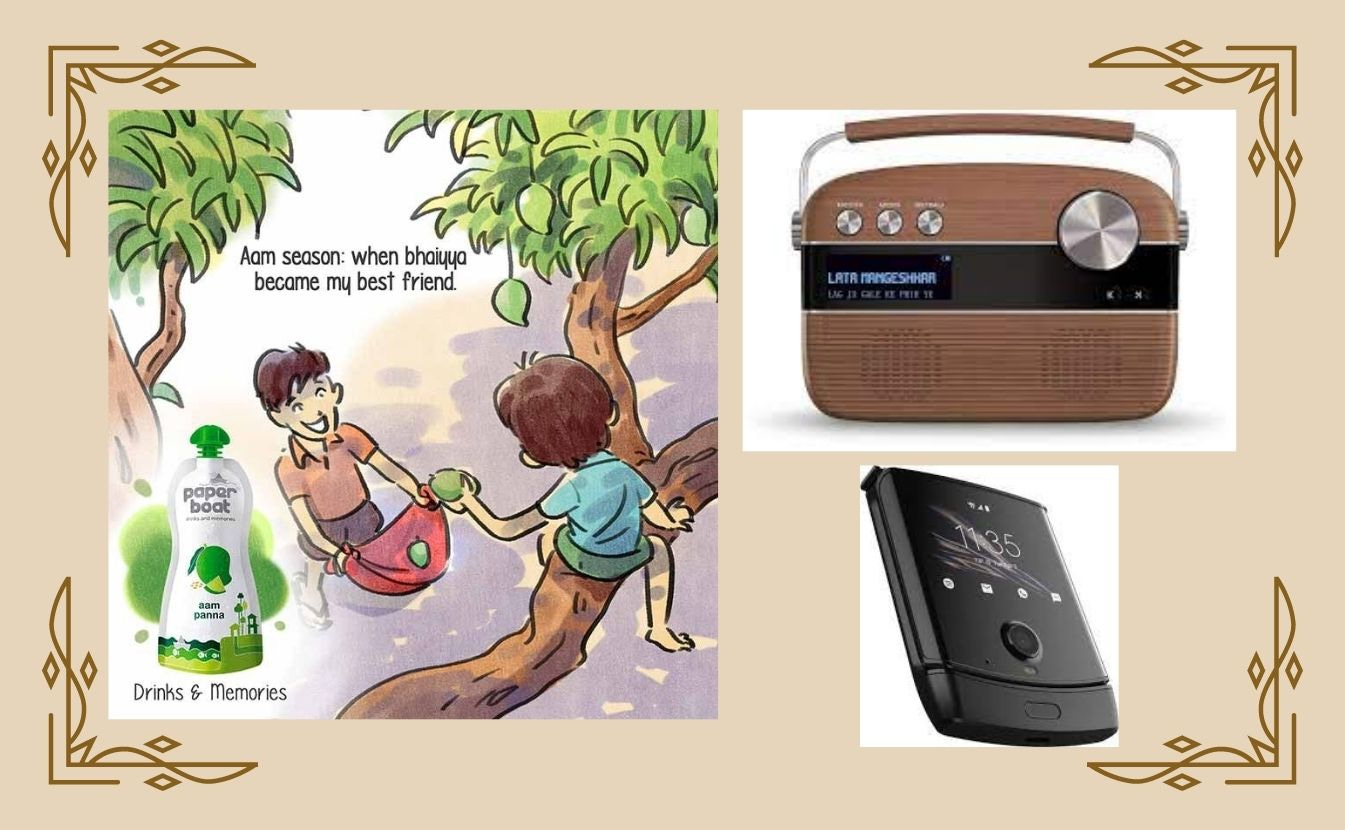
3.Faux Nostalgia
A kind of nostalgia that has been birthed by media, is Faux Nostalgia, or Fauxstalgia. Youth, who have never lived in the 1960s or 70s feel nostalgic for those times just by vicariously experiencing them in movies, music and books.

Marketing Implication: Brands who wish to appeal to youth adopt this strategy.
Burger King: The ‘after’ of Burger King looks like the ‘before’. They have rebranded into a vintage logo in an effort to reconnect with youth.

Vinyl: Vinyl records have come back with a vengeance. Millennials are buying Vinyl records as a throwback to the good old 60s when music was best enjoyed with friends, as opposed to today’s digital consumption of music, that too solo. Infact, Vinyl overtook CD sales in 2021.
4.Do-over Nostalgia
Do-over nostalgia recreates the past, but with a modern sensibility, by making things better or different… refreshed.
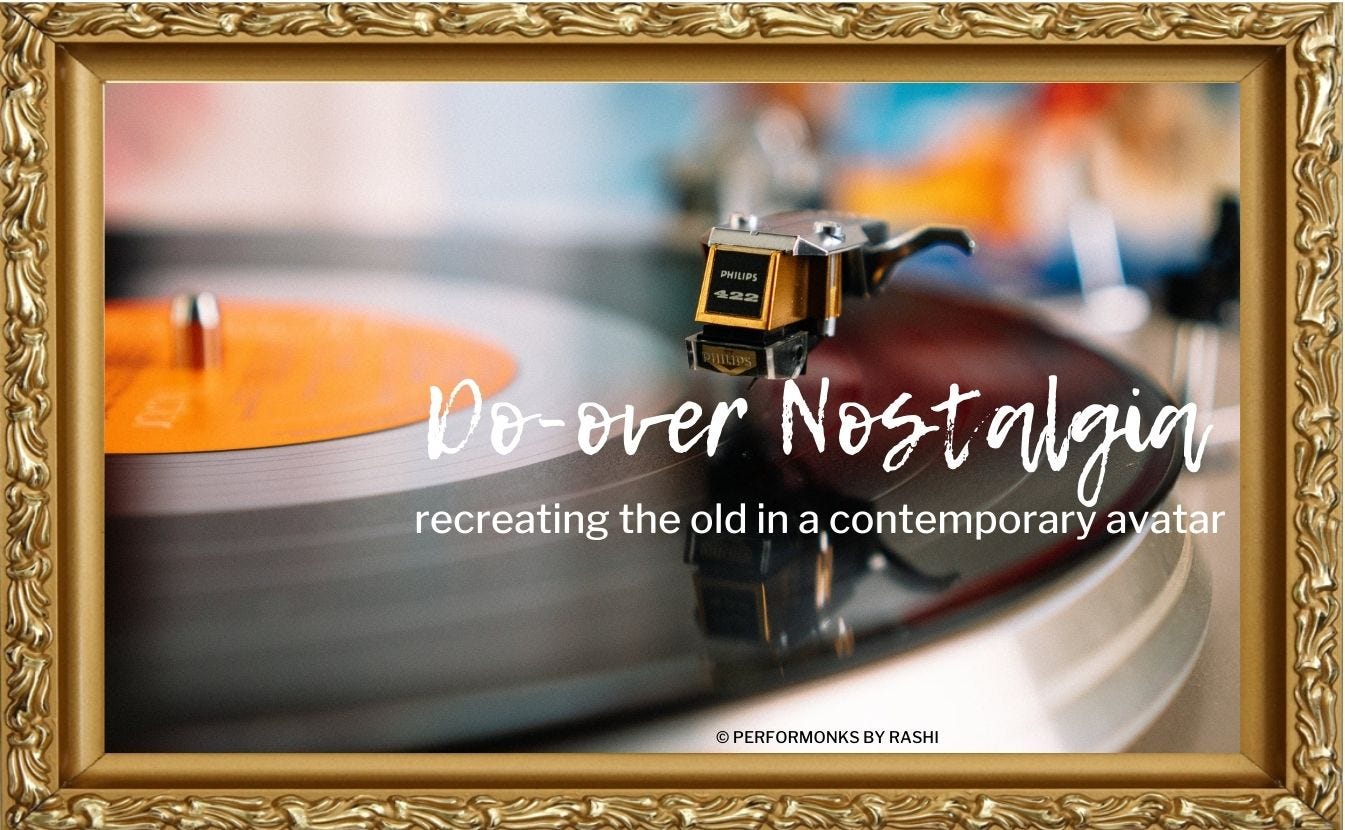
Marketing Implication: legacy brands can refresh their best communication or products. Or new brands can make the old even better.
Raja Ravi Varma Calendar: Photographer G Venket Ram designed a unique calendar for 2020 for the NAAM Charitable Trust. He recreated Raja Ravi Varma’s paintings with real women. This is one calendar I would like to own! Check out all the images here.

Magic Spoon: One of the worst parts of being an adult is having to eat healthy and therefore letting go of childhood food favorites. No longer. Magic Spoon is “re-imagining” childhood cereals, but in a healthier avatar – low-sugar, high-protein cereal alternative.
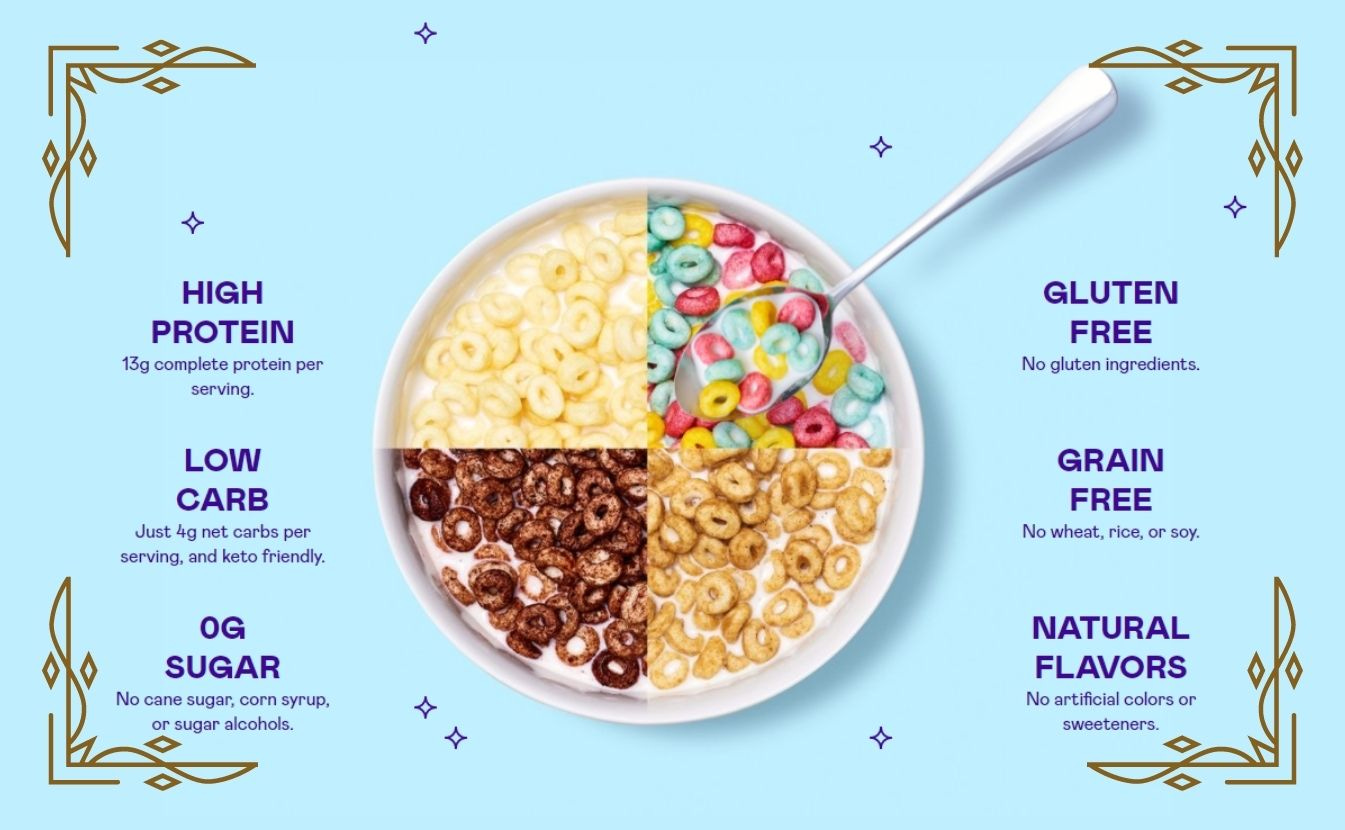
Scents are nostalgia machines
I had written an essay on how scents have the power to transport us to places from the past. And I had mentioned that to make new products acceptable, enveloping them in familiar fragrances can help.
This 2014 communication from Mini Cooper demonstrates this idea so well.
Hope you enjoyed reading this edition.
Rashi
Bonus: For my 40+yr readers, if you are missing the sound from dial up internet days, I got you covered.
